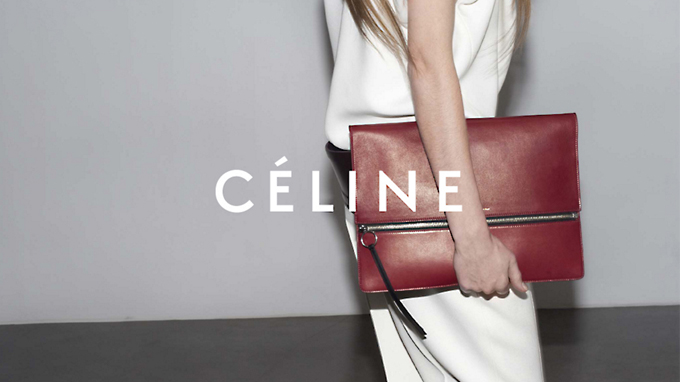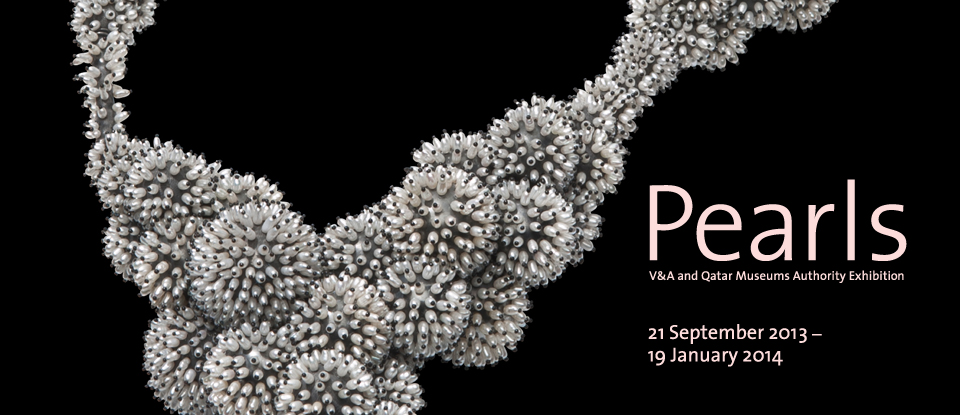CAROLINE STANBURY, Founder and CEO of Gift Library, writes a dedicated opinion piece for CDCLifestyle on luxury label Céline.
I have decided to dedicate my first opinion piece for CDClifestyle on one of my most desired designer labels, Céline. I have admired the brand for many years, but it wasn’t until Phoebe Philo was appointed Creative Director in 2008 that both the critics and the consumer started to take Céline seriously. This post depicts Céline’s history, but mainly pays homage to Philo, who I believe has been instrumental in reversing its change of fortunes as a business. For me and many others, Philo is the brand’s saviour; an innovative thinker and achingly cool designer who changed the label’s direction and design ethos from what was considered a somewhat trailing luxury brand to the fashion label that it is today.
Originally created as a made-to-measure children’s shoe business back in 1945, Céline quickly expanded into a women’s shoe and accessories fashion label. These remained its areas of focus up until the 1990’s when the brand’s new owners, LVMH, saw the potential for the label to diversify. In 1997 the American fashion designer Michael Kors was appointed Creative Director, and launched Céline’s first ready-to-wear collection. This was a bold move for Céline; one that ensured the label was beloved by the moneyed New York professional. Kors’ appointment was deemed successful since it revived the brand’s image and overall direction, taking it beyond leather goods and accessories. For a while, Céline was on the map and going places.
However, when Kors left in 2004, the brand appointed two consecutive and comparatively low-profile designers – Roberto Menichetti, and later, Ivana Omazic – and each failed to breathe new life into the label, unable to transform Céline into what LVMH saw as its true potential – a flagship fashion house. You only need to look at past fashion reviews, to see how the brand was received. A review from Style.com in 2007 noted the following: “Today was Ivana Omazic’s third go at rejuvenating the LVMH-owned house of Céline. That’s no doubt a lot of pressure, especially for one so relatively young and inexperienced. It’s almost no wonder that she latched on so tightly to a key spring theme, transparency…despite all of the parachute silk, iridescent faille, cloudlike taffeta and translucent embroidery, this show felt oddly heavy.”
After a number of years of trying to recreate Michael Kors’ success, LVMH appointed Phoebe Philo, a young British designer who had proved herself by achieving critical acclaim at Chloé. She had turned Chloé around when sales were low through her ability to identify what the label’s young customers might like to wear before they’d even realised it themselves. Philo presented her first ready-to-wear collection for Céline in 2010, and the critics were quick to praise the new direction of the brand. When sales in luxury goods were plummeting worldwide, her streamlined, neutrally shaded and embellishment free collection on the Paris catwalk was extremely well judged.
Phoebe Philo created clothes, shoes, bags and accessories that were, and still are, relevant to the ‘right now’ whilst maintaining the brand’s ‘bourgeois elegance’ and ‘Parisian chic’. She created, and still creates, modern exciting designs that women desire and appreciate, and in doing this, Philo managed to elevate the label into an essential, international, prêt-à-porter; the Céline that fashion-forward thinkers have come to know and love.
To further support the creative phenomenon that is Phoebe Philo, she has received awards, several times, for her timeless and elegant designs. In 2010 she was awarded British Designer of the Year – for the second time – by the British Fashion Council. And then more recently, in 2011, she was awarded International Designer of the Year by the CFDA (Council of Fashion Designers of America). She has been credited for her contemporary minimalism; pushing fashion in a new direction, encouraging a stripped down sophistication, that I, and so many others, adore.
On a personal level I agree with the critics’ view on Philo; when browsing Céline’s various collections, the brand’s chic and discreet charm always attracts me. An example is the brand’s AW12 collection; the block colour and simple tailoring is modest, effective and powerful. I particularly appreciated the androgyny of this collection as it emulated authority, whilst still depicting a sense of female decadence – a style that only a handful of designers can succeed in portraying.
Likewise, Céline’s accessories and leather goods have – ever since Philo’s creative flare encompassed the brand’s direction – been one to take note of. From totes, shoppers, clutches, right through to the brand’s iconic Luggage tote, Philo has created something for every occasion, and injected a sense of heritage to rival the more well-known French fashion houses. The brand’s leather goods are staple must-haves for any fashionista. The designs are chic and effortlessly streamlined, interlinking themes from the ready-to-wear collection whilst still standing on their own. Philo has left no stone unturned, ensuring that each item reflects the brand’s new minimalism that the critics have come to cherish.
Céline is a brand that has been through a number of evolutions since its inception, but the appointment of Philo means it has finally found its feet. Finding the balance between innovative fashion and a timeless signature is probably the single most difficult challenge for a contemporary designer, but I believe Philo is well on her way to achieving it. The brand will, without a doubt, stand the test of time.
To learn more about Céline and Gift Library, please follow the links to their direct sites:
http://www.celine.com/en/home
http://www.gift-library.com







